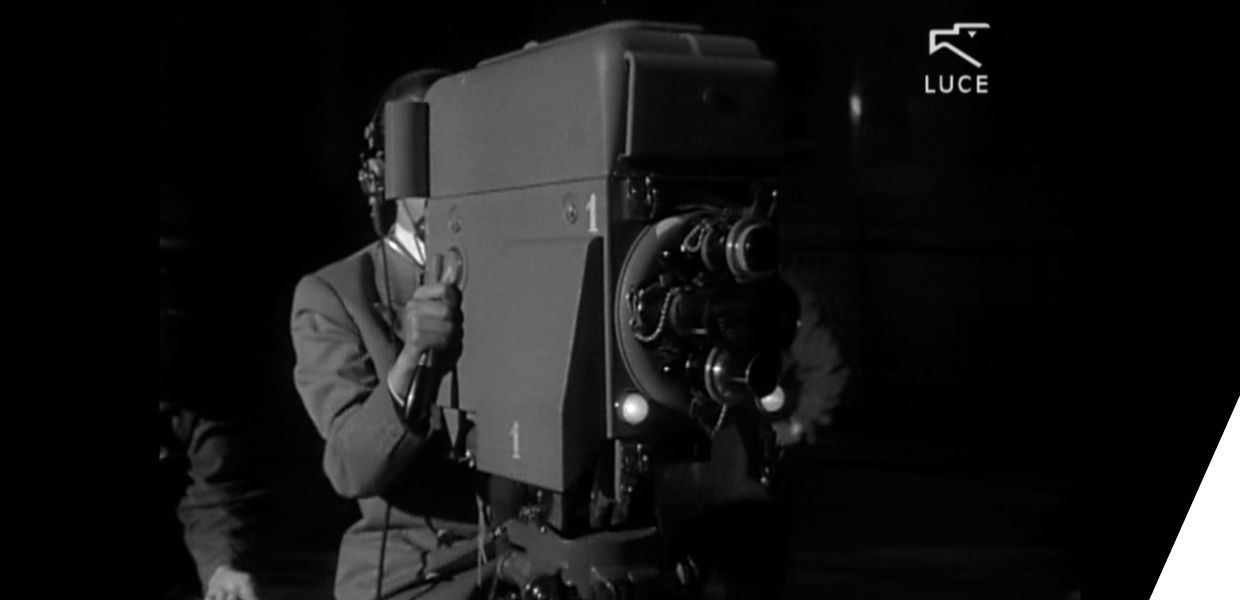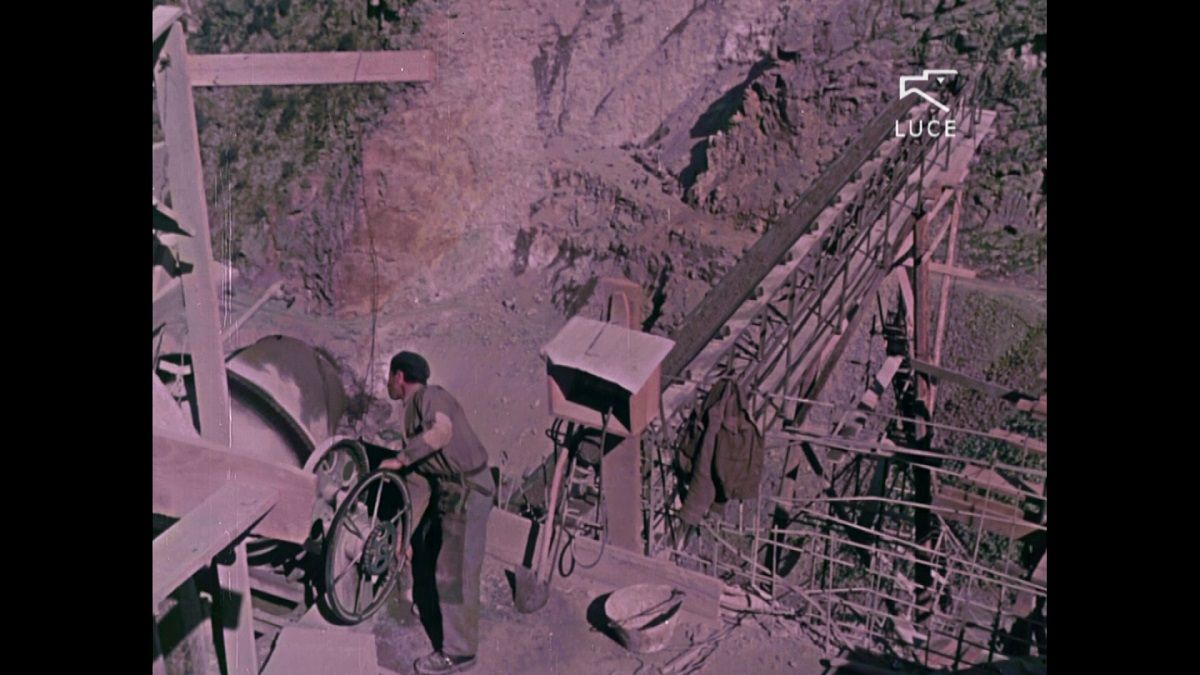New e-learning activities
The e-learning activities focusing on topics such as 'War Crimes and Justice', 'The Housing Problem', 'The Media', 'Exiles and Refugees', '(De)Colonization', 'Schooling and Education', and 'Towards a United Europe' are available in German, Czech, French, Italian, English, Bulgarian and Spanish. They are hosted on the online platform Historiana, which was chosen by the project as a well-established and developed tool that allows for an interactive approach to teaching history and gives educators the freedom to modify exercises to fit their teaching style and goals. In an effort to contribute with more multilingual educational content, community members from EuroClio and Europeana translated some of the activities into Spanish and Bulgarian.
All e-learning activities developed by ViCTOR-E are suitable for students aged 14 to 18, but can be adapted to younger students. They come with accompanying background information for teachers focusing on the use of film as a historical source in class. Broader thematic activities feature film excerpts accompanied by other visual sources and guide students through a progression of tasks to help them develop a critical understanding of the historical context. Additionally, short pointed exercises focus on analysing individual film scenes or newsreel segments, further enhancing students' critical engagement with audiovisual documents.
Opportunities and challenges
One of the challenges encountered by the project was designing activities suitable for students and teachers across different countries and educational systems, each with its own sensitivities regarding the study of the past. However, we firmly believe that taking a transnational approach to history can be highly beneficial. It demonstrates to students that Europe shares a common history beyond national narratives, fostering a sense of European belonging.
Using film to teach history comes with some risks. During testing workshops in Italy and Czechia, students expressed great interest in films as historical sources. They were drawn in and particularly impressed by the power and clarity of the images in (re)presenting the past, establishing a direct connection to history. However, the presumed 'truth' of particularly non-fiction film images, can be counterproductive if it encourages uncritical reception. When using film in history classes, it is crucial to emphasise that there is no such thing as a "real" image. Every film and image is an interpretation of reality, conveying cultural, political, and ideological ideas, values, and beliefs. Like any other historical source, films have multiple meanings and require critical analysis and interpretation. Therefore, the accompanying teaching materials consistently highlight the essential role of teachers in guiding students towards a deeper understanding of both the film and its complex historical context.
Find out more
Teachers can find all e-learning activities on the online exhibition, and also discover additional teaching material. By registering on Historiana, you can customise each activity to best suit your classes and students, providing new perspectives on the past through the lens of film.




